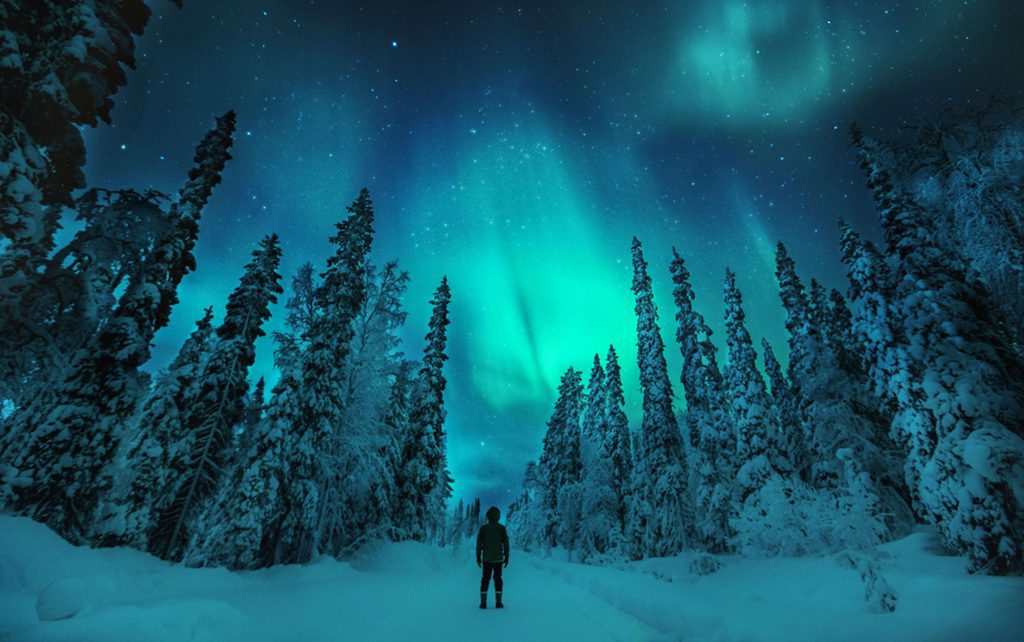There’s some truth to the stereotype that Northern Europe is all about Vikings and wintry weather. And certainly, there is a lot of snow, as well as evidence that the Viking Age had a significant impact on shaping Scandinavian civilization. However, the true beauty and sophistication of this object go far beyond your wildest expectations.
Ancient history comes to life in Northern Europe, from the museums highlighting the significance of the ancient Vikings to the historic, colorful old towns of some of the region’s wealthiest trade centers. Then there are the remote islands, where the sun never sets in the summer and the breathtaking fjords and lakes that stretch as far as the eye can see. There is no doubt that northern Europe is magnificent, but it tends to downplay its own greatness.
17. Malmo

Malmo, Sweden’s third-largest city, serves as a major transportation hub. Thanks to its proximity to mainland Europe by boat, Malmo is home to citizens of more than 150 different countries. Picture a trendy bar scene that blends Middle Eastern souks with Italian cafés and vice versa.
Located away from Malmo’s contemporary chaos, Gamla Staden (the Old Town) is home to some beautiful examples of Dutch Renaissance architecture. Malmo’s skyscraping structures, created by architect Vastra Hamnen and towering above the Oresund Bridge, contribute to the city’s reputation for an intriguing blend of old and modern.
16. Reykjavik

Reykjavik, the small capital of Iceland, is a great seaside city from which to explore the country’s beautiful, glacier-studded landscape. Take advantage of institutions like the National or Saga Museum to learn more about the fascinating history of this nation, particularly the Vikings.
The spectacular Hallgrimskirkja Church is a contemporary masterpiece of a religious edifice, and it is one of the city’s most well-known landmarks. From the top of the church’s revolving glass dome, visitors may enjoy panoramic views of the ocean. It’s sleepy during the day, but it comes alive at night, when its center sector comes alive with clubs and lively pubs.
15. Bergen
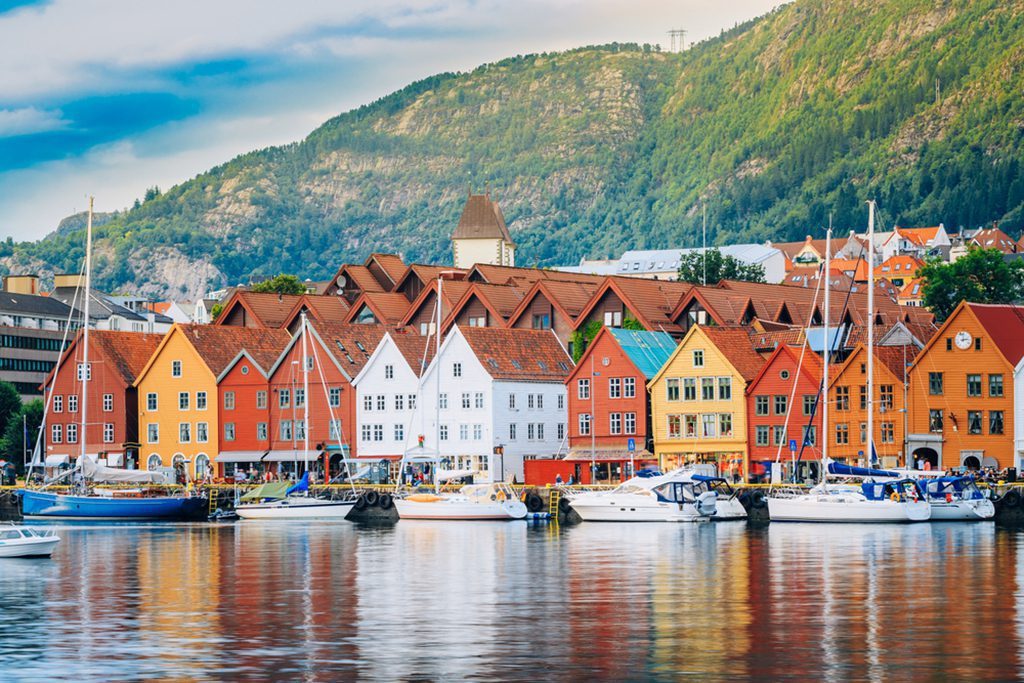
The city of Bergen is located on Norway’s southwestern coast, surrounded by mountains and fjords. Sognefjord, Norway’s longest and deepest fjord, may be found in close proximity. Take a stroll down the waterfront wharf area and you’ll eventually find yourself at the port and the bustling fish market in Old Bergan, where you’ll find the city’s true beauty hidden among the eccentric, wooden-built cottages painted in vibrant block colors.
During the summer, hiking is not only possible in the area around Flyen Mountain thanks to the Fløibanen funicular, but it’s also a national activity.
14. Finnish Lakeland
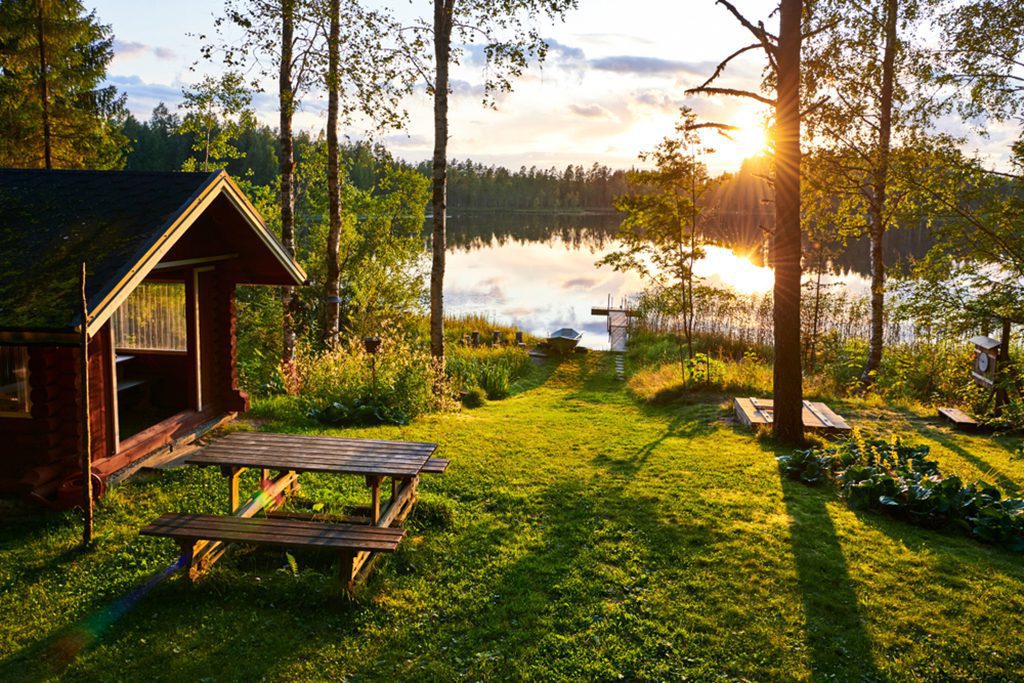
An area in eastern Finland known as Finnish Lakeland is home to a staggering number of lakes—roughly 40 per 100 square kilometers. Saimaa Lake is the largest of them, and it is also the fourth-largest natural lake in all of Europe. The 5,484 islands in Saimaa are like small gems scattered over the sea.
If you’ve just finished relaxing in an oak-burning sauna, nothing beats a refreshing swim in a nearby lake. Pure and sparkling, the lake’s water reflects the blue sky for further allure. Explore the waterways in a canoe or steamer and look for traditional mökki cabins (summer cottages).
13. Gotland
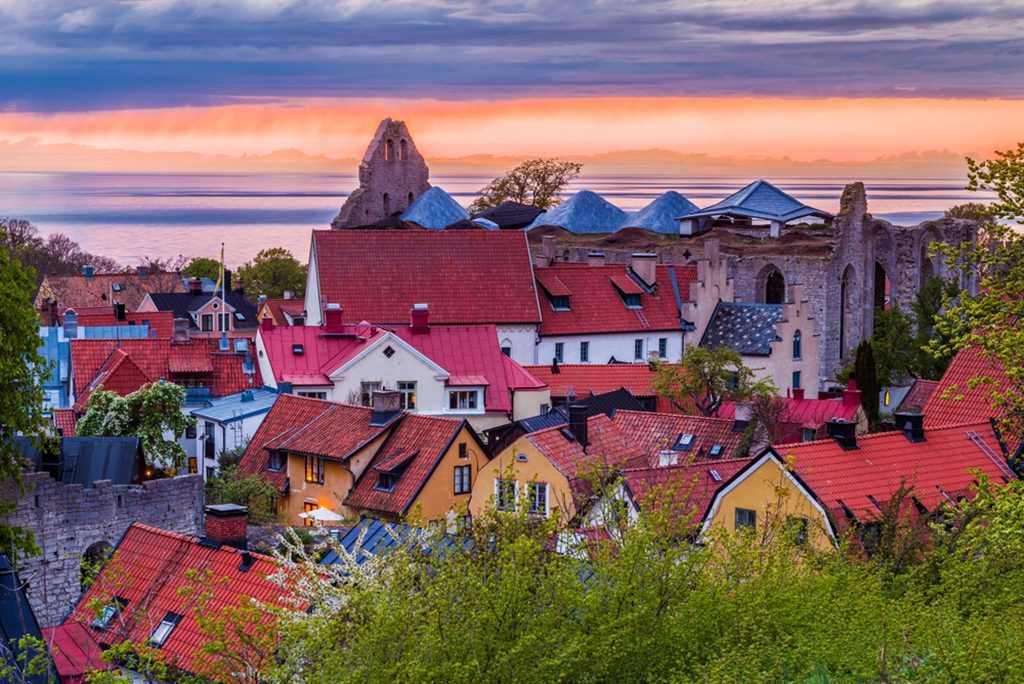
Gotland, the biggest Swedish island, is located just off the country’s southeastern coast. It is the biggest island in the Baltic Sea and is known for its breathtaking natural beauty and peaceful atmosphere. Visby, the island’s capital, is located in a historic district inside the city’s original walls, which date back to the island’s Viking and medieval eras.
Once a year, the good people of Gotland dress up in their finest Middle Ages costumes and enjoy a festival full of music and revelry that transports them back in time. The island’s natural surroundings are just begging to be discovered. Just taking a trip down the coast will reward you with beautiful scenery, hidden fishing villages, summer wildflower fields, and, of course, miles of sandy beaches.
12. Jotunheimen National Park
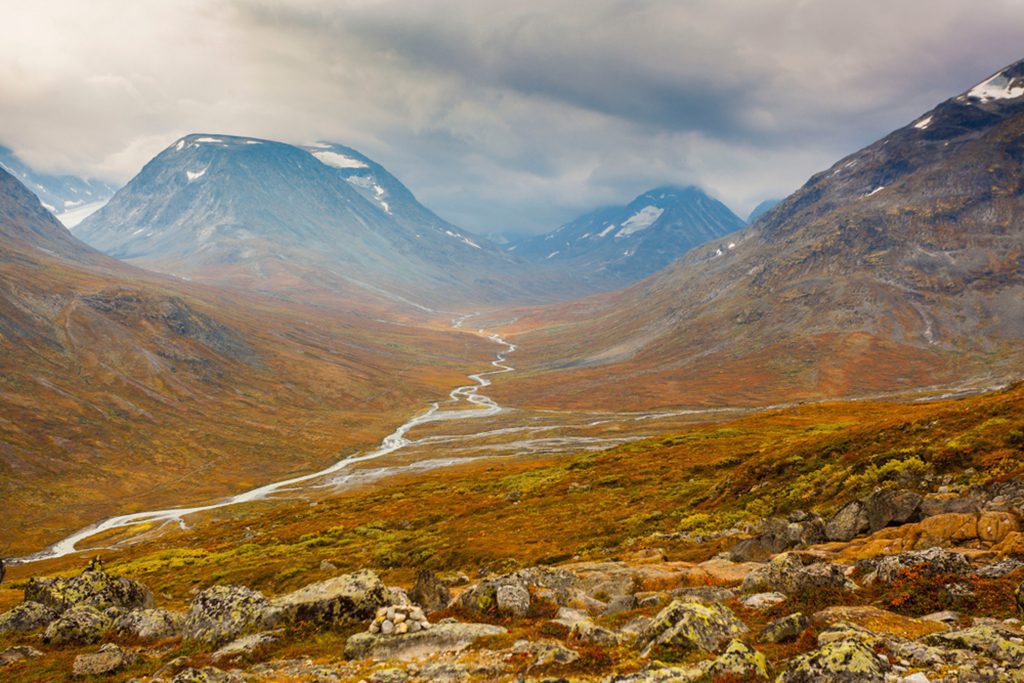
Jotunheimen, often known as “Home of the Giants,” is a mountain range in Norway that is a part of the larger Scandinavian Mountain range and contains 29 of Norway’s highest peaks. The Jotunheimen National Park protects almost a third of the mountain range. Hikers and mountain climbers flock to the region because of its abundance of challenging terrain.
There is a summer ski facility in Jotunheimen, so even if the landscape is green and there are no snowy peaks to ski down, you can still enjoy the outdoors in the winter by hitting the slopes. Along the 300 kilometers of trails, you will find a wide variety of mountain lodges to spend the night in.
11. Faroe Islands
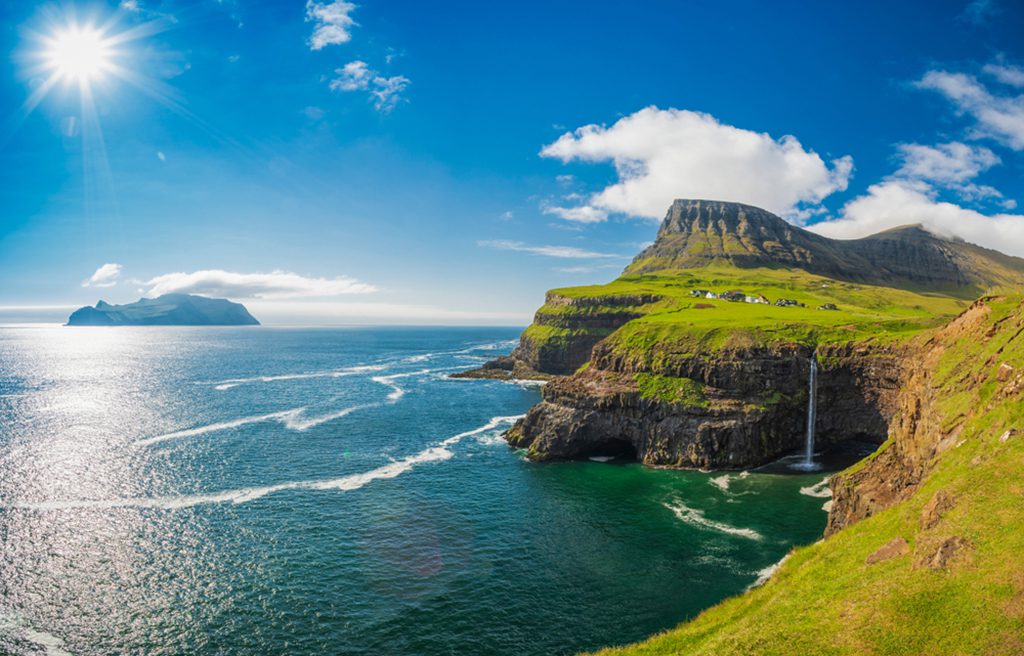
The Faroe Islands, a Danish territory, are a group of 18 rugged volcanic islands and islets located in the North Atlantic Ocean about 200 miles north of the Scottish coast. Torshavn, the territory’s capital, is situated on the island of Streymoy and is home to around 40% of the inhabitants.
It is possible to travel between several of the islands through tunnels, bridges, causeways, and ferries. This area draws a lot of tourists because of the abundance of seabirds such as puffins, fulmars, kittiwakes, and guillemots that can be seen there. A visit to the Faroe Islands wouldn’t be complete without taking in the island’s signature grass-roofed architecture.
10. Blue Lagoon
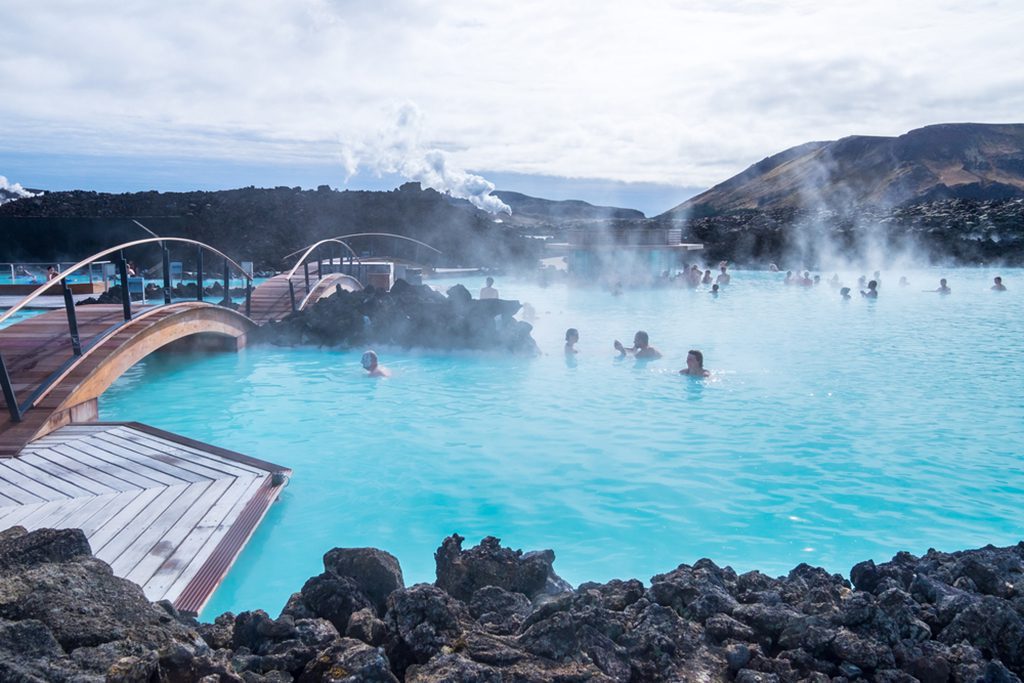
Blue Lagoon, a natural hot spring, is a very well-visited tourist attraction. Located on the Reykjanes Peninsula, not too far from the Icelandic capital, the area’s blue waters almost appear to gleam like a pearl among the dark volcanic cliffs around them.
With year-round water temperatures of 39 ° C. Because of its purported therapeutic benefits, the Blue Lagoon is a popular tourist destination (due to the high silica and salt content of the volcanic water). It wasn’t always a popular tourist destination; in fact, it wasn’t built until the 1970s as part of a cooling system for a nearby geothermal power plant. The area’s popularity as a bathing spot grew in the 1980s, and now people from all over the globe come here to relax.
9. Copenhagen
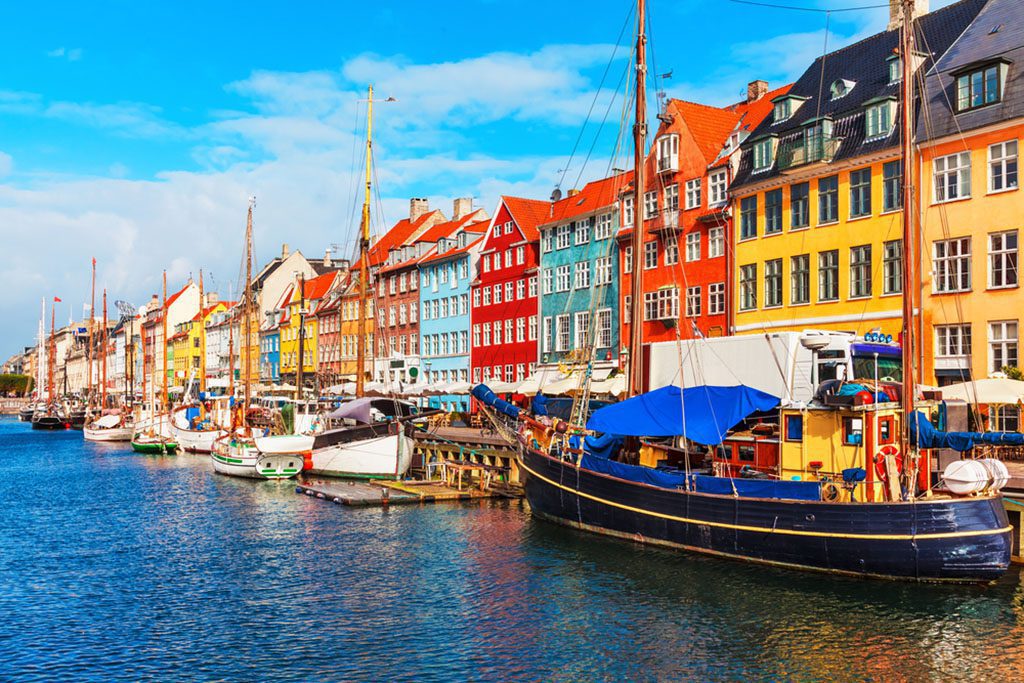
The Danish capital of Copenhagen may be found on the two coastal islands of Zeeland and Amager. You may see exquisite Rococo-style architecture from the 18th century in the Frederiksstaden neighborhood, just one example of the city’s abundance of historical sites and stunning structures.
Both the magnificent Frederik’s Kirke, commonly known as the Marble Church, and the royal residence of Amalienborg can be found in this neighborhood. Nyhavn is a must-see because of its picturesque canals, historic buildings, and plenty of restaurants and bars dating back to the 17th century.
In the Tivoli Gardens amusement park, which dates back to the 19th century, you may ride the world-famous wooden roller coaster, Rutschebanen.
8. Helsinki
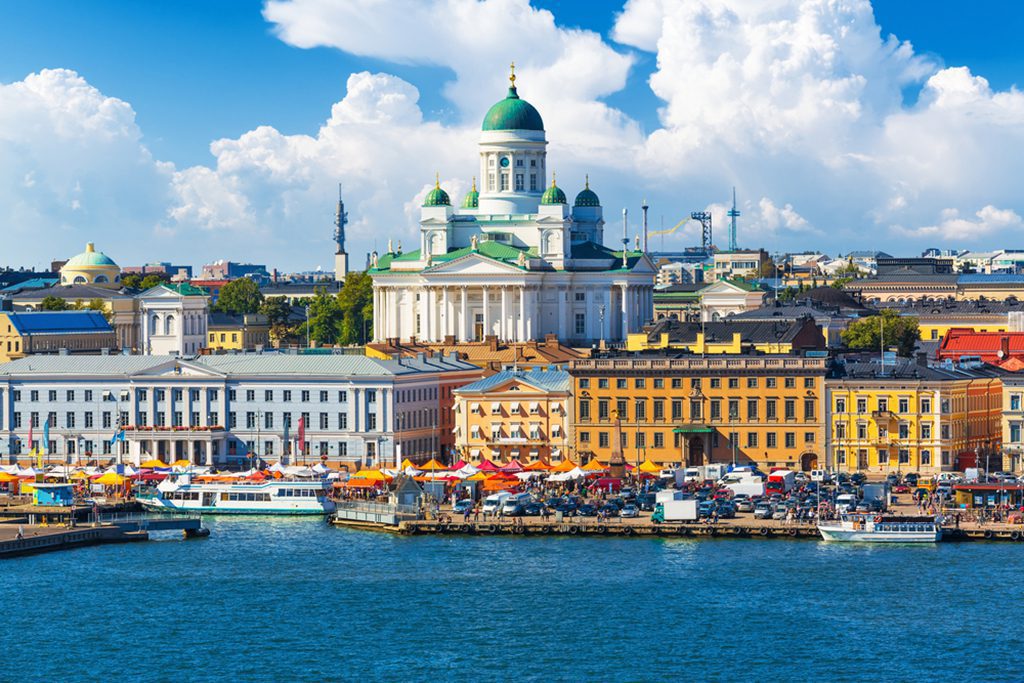
Helsinki, the capital and largest city in Finland, is located on the country’s southwestern coast. A fascinating variety of contemporary architectural styles can be seen in this city, from the main railway station, designed in a one-of-a-kind National Romantic style, to the amazing Temppeliaukion Church, a daring 1960s church embedded directly in excavated rock.
The National Museum of Finland is a great place to learn about Finland’s past, and from spring till fall, Market Square is a bustling hub where you can buy food and souvenirs and sit at one of the many outdoor cafés to watch the city come to life.
7. Svalbard
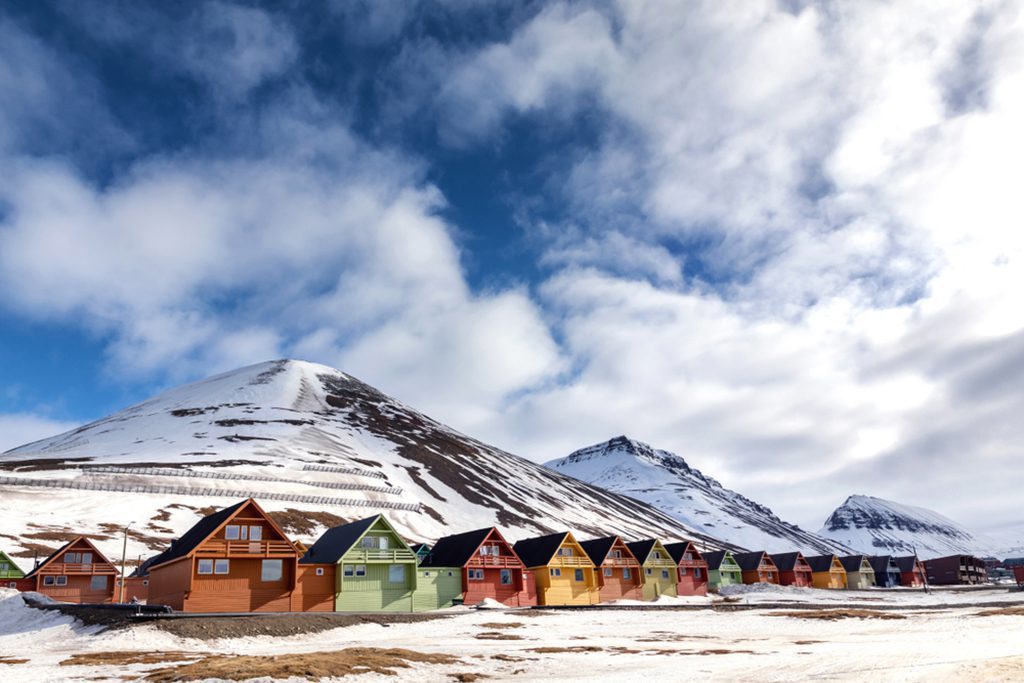
The Svalbard archipelago consists of a group of islands located very far north of the Norwegian mainland. This remote location, high beyond the Arctic Circle, is the best site to see the phenomenon known as “Midnight Sun,” when the sun stays above the horizon for a whole day without ever setting.
In the winter, when the sun never rises, the inverse is true. Svalbard was not incorporated into Norway until 1925, yet nowadays, tourists may easily visit the Arctic archipelago because of the astonishing number of available hotels. Everything from arctic bears and Arctic foxes to the enchanted Northern Lights will be easy to observe.
6. Gullfoss
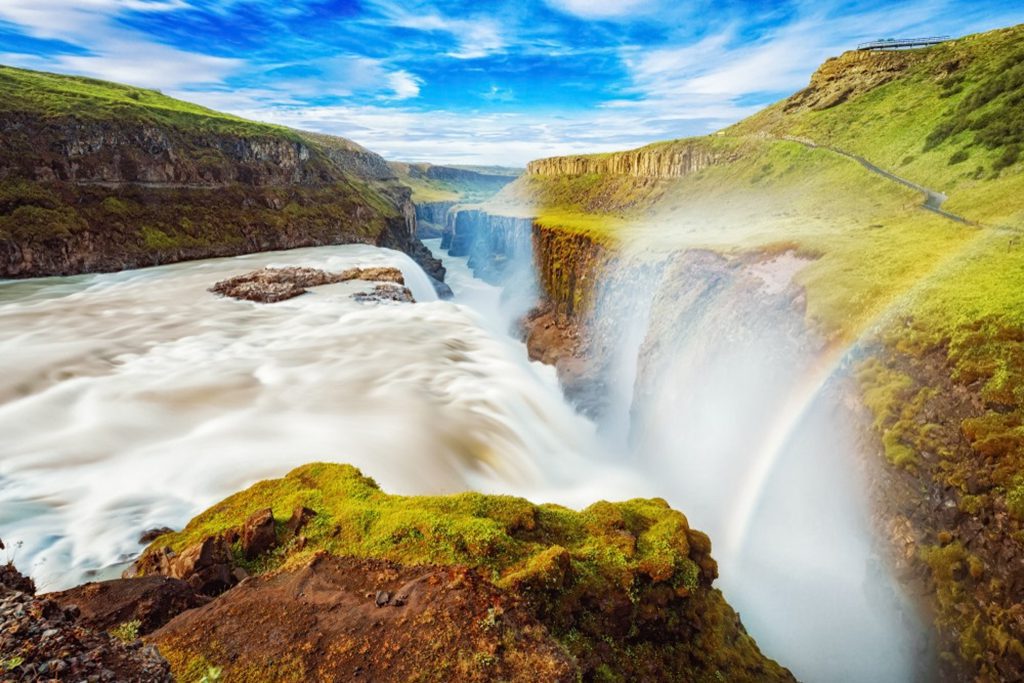
Gullfoss, a stunning waterfall, may be found in the southwestern region of Iceland. This waterfall, whose Icelandic name translates to “Golden Falls,” is anything from typical. The Hvítá River begins in the Langjökull glacier, flows through a gorge, and then makes a steep bend, plunging 32 meters down its two stages.
When you come in the summer, you may see the full force of nature as 140 cubic meters of water cascade down the falls every single second. Staying in Gullfoss to explore further is a smart choice because there is much to see in the immediate region, such as the hot springs of Geysir or the active geyser of Strokkur, and there are a few hotels nearby.
5. Stockholm
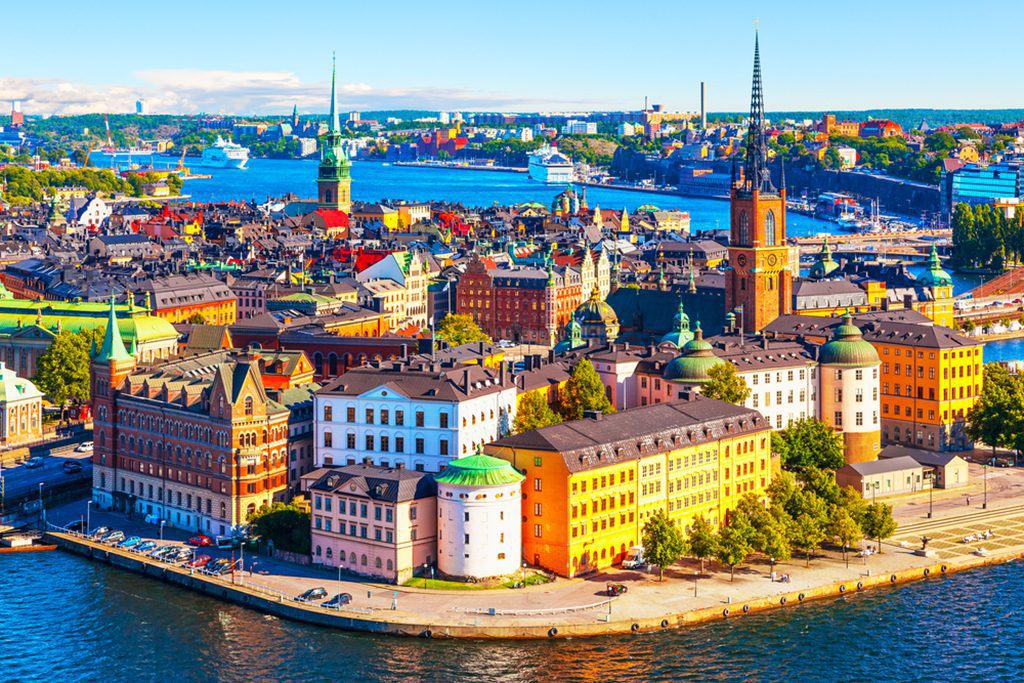
Island life is a way of life in Stockholm. The capital of Sweden is an absolute must-see since it is located on a Baltic Sea archipelago of 14 islands connected by a system of 50 bridges. Gamla Stan, also known as Old Town, is a maze of narrow streets lined with pastel-colored buildings and the site of the Storkyrkan Cathedral, which dates back to the 13th century.
The Stockholm City Hall, built in the style of the Romanesque Revival, and the majestic Royal Palace, both date back to 1760. There are museums dedicated to both the Nobel Prize and the Vasa ship from the 17th century. Skansen, a Swedish open-air museum, is a great opportunity to see Sweden before the advent of modern conveniences.
4. Lofoten Islands
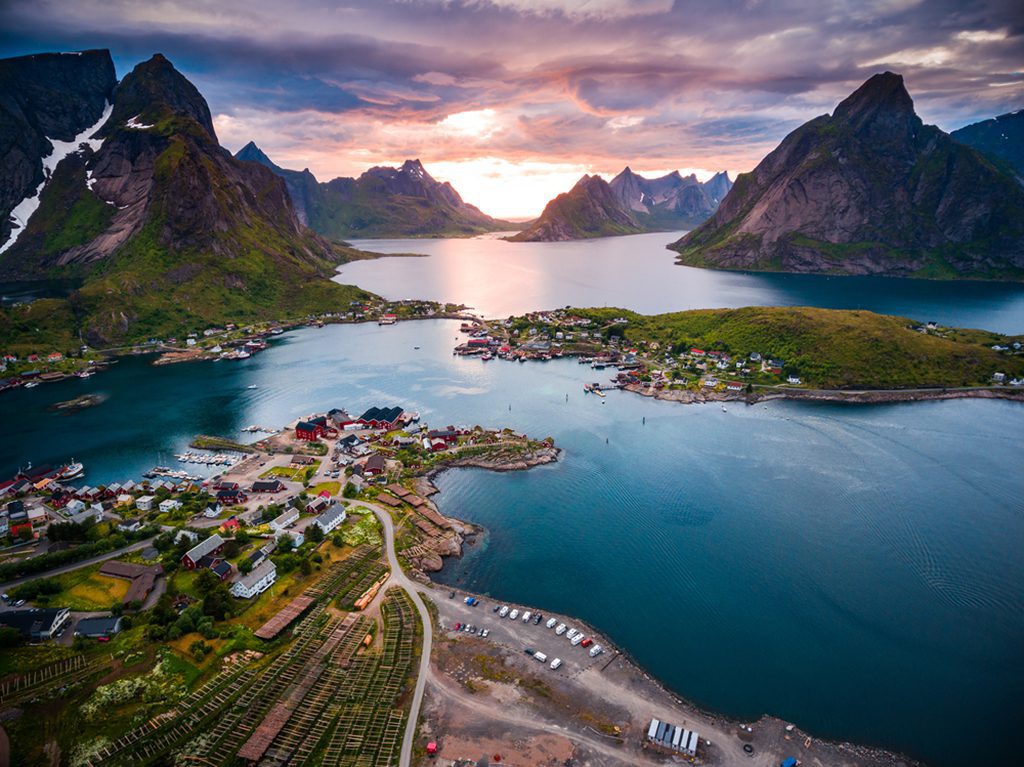
Lofoten, an archipelago off the coast of Norway’s northeast, is home to some breathtaking landscapes. Lofoten is well-known not just for its stunning natural beauty but also for its temperature, which is very mild considering the region’s northern latitude.
Returning to the outdoors once again, Moskenesøya is a must-visit for rock climbers and mountaineers, while cyclists can take use of a well-marked and especially spectacular bike road from southerly Å, which continues beyond Fiskebøl to the north. Lofoten is otherwise a labyrinth of picturesque fishing communities like Nusfjord on Flakstadøya, surrounded by stunning natural beauty.
3. Lapland

There is no more northerly renowned location than this, with the exception of the North Pole. For both young and old, Lapland is the “traditional” home of Santa Claus (or Father Christmas, or Saint Nicholas). Try your luck in Rovaniemi, where he may have a workshop.
Additionally, the Sami people have traditionally resided in Lapland, which spans the northernmost parts of both Sweden and Finland. Lapland, often spelled Sápmi, is where you can see the Northern Lights, ski on the world’s first ice hotel, and enjoy a variety of winter activities. The Sami, who herd reindeer, may be found farther north.
2. Vatnajokull National Park
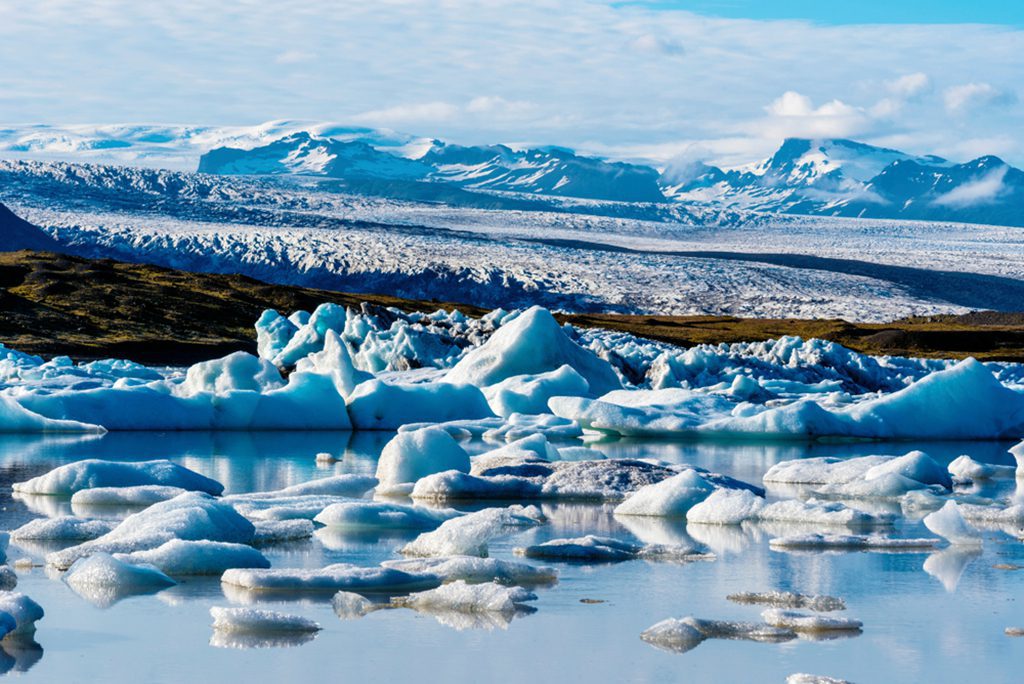
Two other Icelandic national parks, Jökulsárgljúfur and Skaftafell, were combined with Vatnajokull to form the new Vatnajokull National Park. This means that you may enjoy some breathtaking scenery. Dettifoss, often regarded as the mightiest waterfall in all of Europe, is widely regarded as one of the most stunning. It is awe-inspiring to see the vast Jökulsá á Fjöllum’s water plummeting 44 meters from one of the several routes.
In addition, the Askja caldera is home to the Víti geothermal lake, which is characterized by its vibrant turquoise color. Taking a drive around the park’s perimeter is a great opportunity to see wildlife and scenery.
1. Fjords of Norway
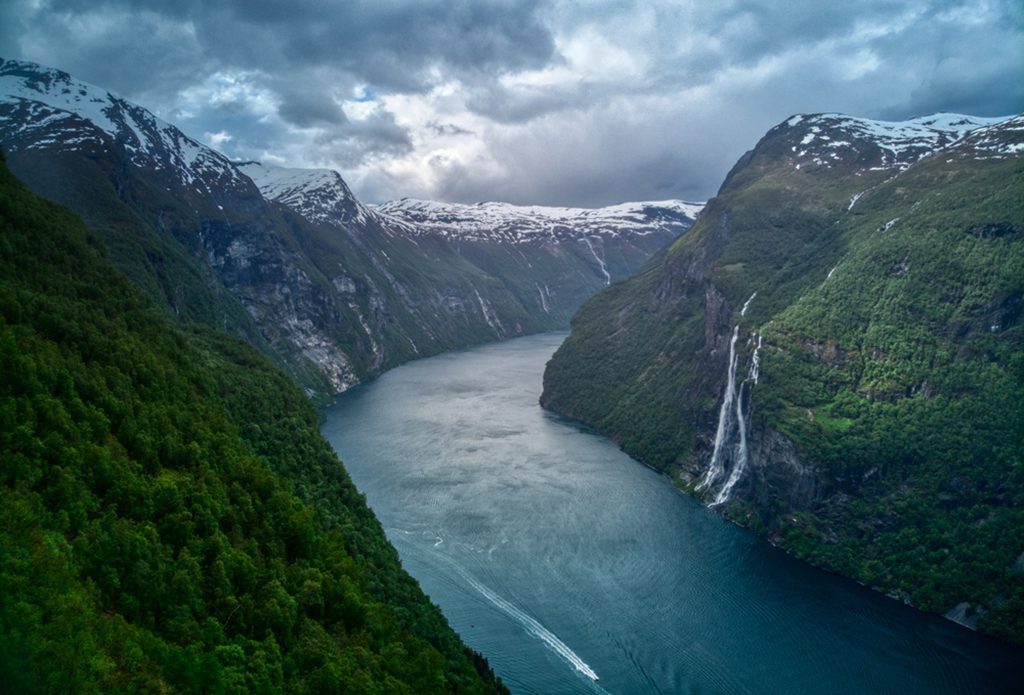
Everyone knows and loves Norway’s fjords, the country’s U-shaped valleys carved by glaciers. Norway is known for its many fjords, the longest and deepest of which is Sognefjord, which descends more than 1,300 meters below sea level.
At Saltstraumen, one may experience what may be the greatest tidal current on Earth. The Sørfjorden is a stunning inlet of the larger Hardangerfjord. The scenery of Tafjorden is breathtaking, especially the surrounding mountains. Fjordal coral reefs have even been discovered between 50 and 100 meters below the surface. The Norwegian Fjords are breathtaking from every vantage point, whether you’re floating on the water and gazing down at the fjords or perched on land and taking in the beauty of these valleys.


